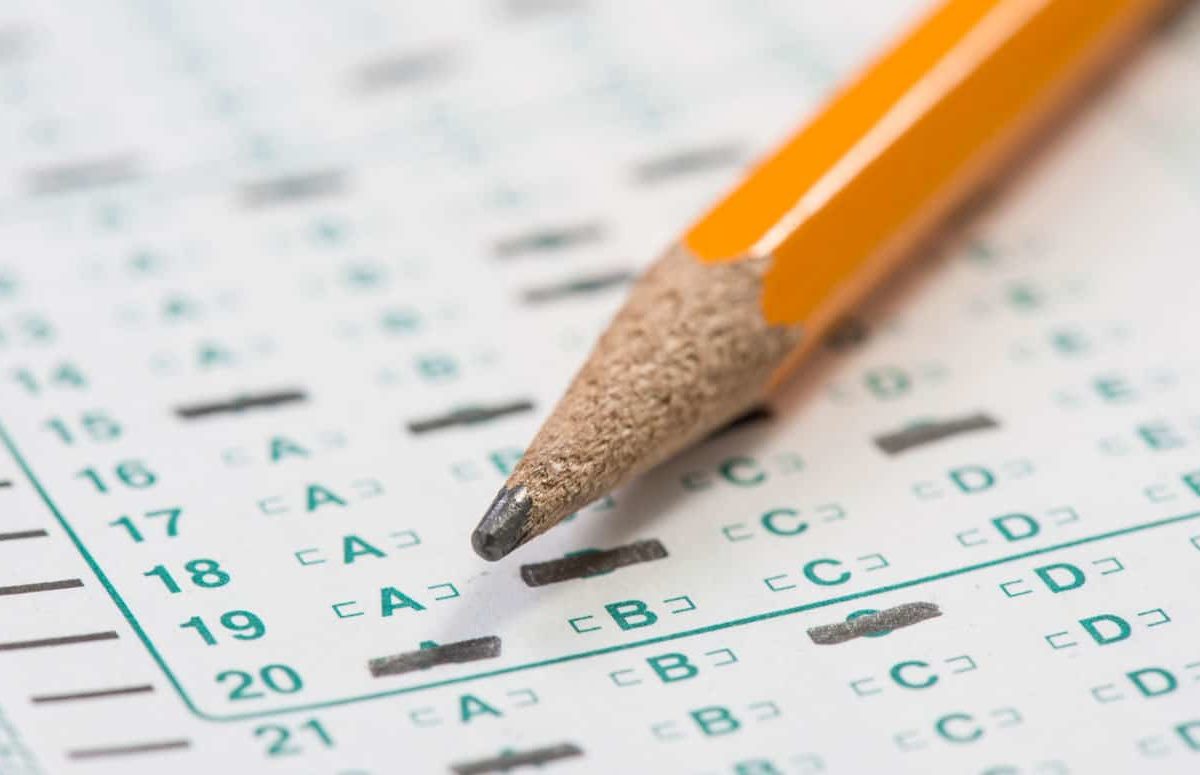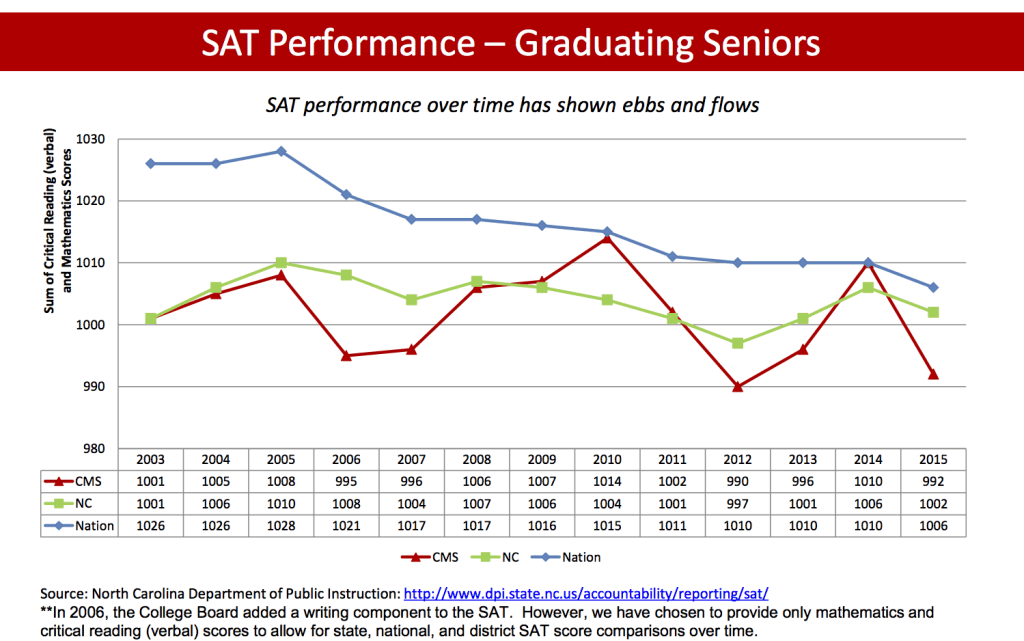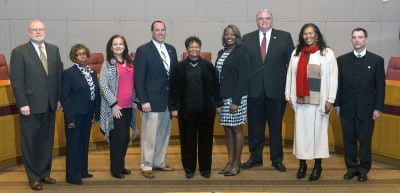
Charlotte-Mecklenburg Schools officials are scratching their heads over a sharp drop in the district’s average SAT score — a key measure of college readiness — which is part of a series of sharp swings during the last decade.
At a recent Board of Education meeting, CMS Chief Accountability Officer Frank Barnes called the swing “troubling.” The average SAT score in Charlotte-Mecklenburg, 1466, was down 25 points in 2014-15 compared to the previous academic year.

“We saw large point drops across all tested areas,” Barnes said, “be it critical reading, be it math, be it writing.”
The average North Carolina score dropped five points to 1478, and the national average of 1490 was down seven points. CMS’ significant departure from the state and national trends “raised some questions for us,” Barnes said.
CMS did see an increase in the number of students who took the SAT — which is voluntary — from 5,000 in 2013-14 to 5,300 last year. “Perhaps that could account for something, but this is a pretty large drop,” Barnes told the school board. “This is really puzzling.”
It’s especially baffling when compared to the district’s average ACT composite scores. North Carolina is one of 15 states that require high school graduates to take the ACT before receiving a diploma. Last school year, roughly 8,300 CMS students took the ACT, and the district’s average composite score of 18.8 slightly outpaced the previous year’s average. However, it still trailed the state and nation.
Because the ACT is mandatory and the SAT is voluntary, officials would have expected the trends to mirror each other at the least, or perhaps be reversed. Generally, students who choose to take the SAT are driven by tough college admission standards and have spent time preparing for the test outside of school.
“It really raised some questions for us that we need to look at about why the disparity between how students perform on the ACT, which all students take, and the SAT, which is self-selected and you would presume students would have extra motivation, extra support and preparation to get ready for the exam,” Barnes said.
CMS tracks the sum of students’ critical reading and math scores on the SAT to make comparisons over time. (The College Board, which runs the exam, added a writing portion in 2006, but CMS excludes it from this metric in order to compare apples to apples.) The trend is dizzying.
Students’ combined scores on the verbal and math portions ping-ponged between a low of 990 and a high of 1014. Scores plunged in 2006 and 2012, but peaked in 2010 and 2014. “You see a cycle that’s repeating itself over time,” Barnes told the school board. Neither the state nor national trend lines zigzag like CMS’ does.
Barnes said that he and his staff have already begun a deep review of the SAT data in search of a cause for this year’s drop and the larger trend.
“We need to explore what’s causing these ebbs and flows, these tops and troughs, where we’re making gains and then we’re giving those gains back over time.”
Recommended reading



